Chevrolet Volt Hatchback (2012-2015) engines, drive and performance
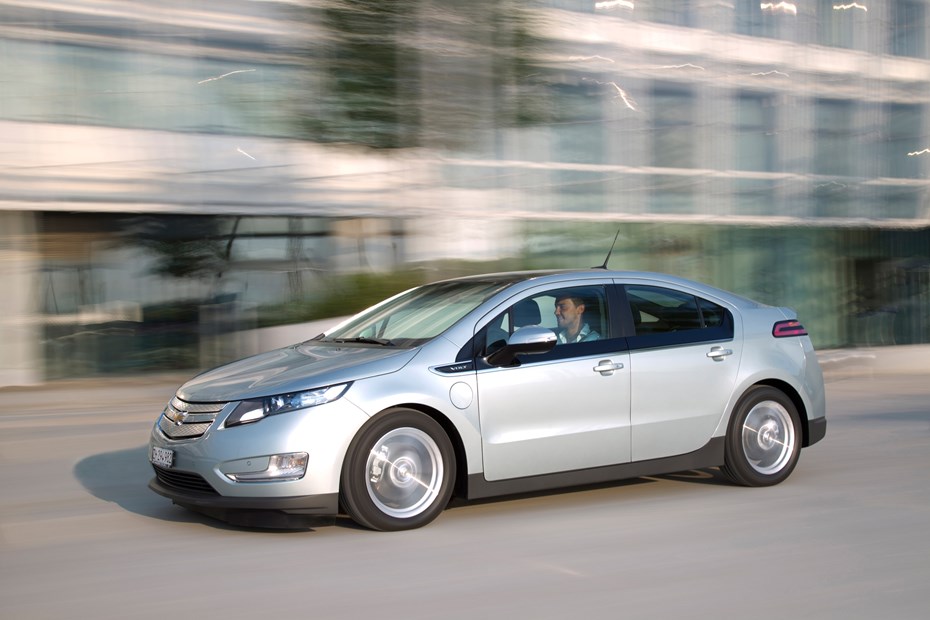
Most would probably assume that an economical electric-driven car like this would be sluggish and uninspiring to drive. Electric motors differ from their internal-combustion driven counterparts, however. They have the ability to deliver maximum pulling power almost instantaneously from a standstill. This means that the Volt is surprisingly punchy and remarkably flexible, with it pulling hard from a standing start.
It’s much more enjoyable to drive than you might expect. Keep your foot planted and it’ll do 0-62mph in 9 seconds flat. That’s faster than many conventional petrol and diesel cars, although the Volt’s top speed is a lower 100mph. The electric drive unit can output a useful peak power of 150bhp, and a substantial 370Nm of pulling power. Although the Volt’s initial hit of acceleration tails off after around 45mph, overtaking is stress-free and the Volt ascends steep hills without fuss.
There are no gear changes, so the power is delivered smoothly and without interruption. On electric power alone the Volt can cover around 50 miles, after which the 1.4-litre petrol generator kicks in. This allows you to cover a further 310 miles, at which point you simply need to refuel to continue your journey. In this situation, the engine doesn’t directly drive the wheels.
Instead, it generates the power required to operate the electric motors. This means you can get an odd sensation, like in CVT-equipped cars, where that engine noise has no correlation to road speed. Under hard acceleration, when the battery is flat, the engine noise increases as it works harder to maintain the required electricity supply, which does intrude into the cabin somewhat – but this is rare, and only really noticeable when you’ve been driving the car hard for some considerable time.
The engine only drives the wheels in a few rare instances. In extremely hilly terrain, for example, a section of the transmission locks together to allow the engine to drive the wheels directly, due to improved efficiency in that particular situation. The Volt also has a system that allows the battery to be recharged using waste energy from braking or coasting, further increasing range.
The Chevrolet Volt clocks the scales at a not unsubstantial 1,715kg. While that’s quite some weight, most of it is located low in the body where the batteries are mounted. This means that the Volt doesn’t roll excessively during cornering, while stability and traction control prevents that bulk from upsetting the handling too much. Despite its weight the suspension copes well, taking bumps and crests in its stride.
The steering is relatively precise and well weighted, although it doesn’t offer much in the way of feedback.



_10.jpg)
_8.jpg)
_3.jpg)
_9.jpg)
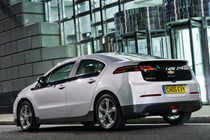
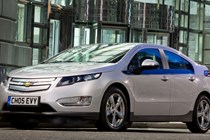
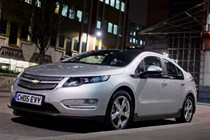

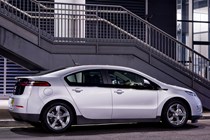
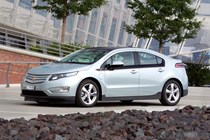
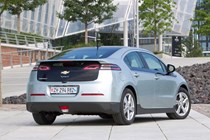
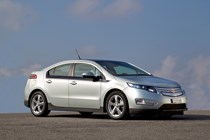
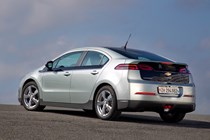

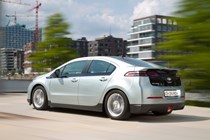
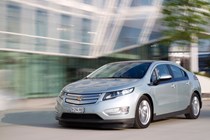
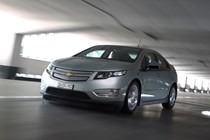
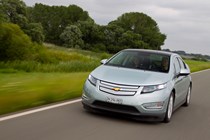
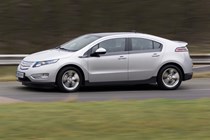
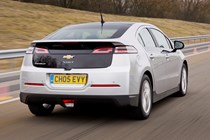
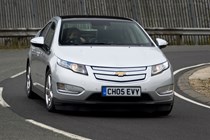
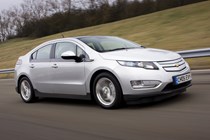
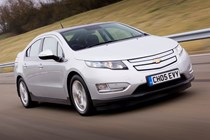

_4.jpg)
_5.jpg)



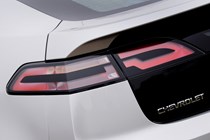

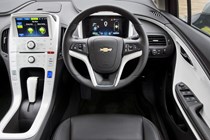
_1.jpg)
_6.jpg)
_7.jpg)
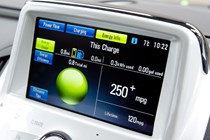













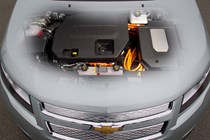
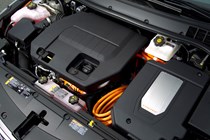

_10.jpg?quality=50)
_8.jpg?quality=50)
_3.jpg?quality=50)
_9.jpg?quality=50)




















_4.jpg?quality=50)
_5.jpg?quality=50)






_1.jpg?quality=50)
_6.jpg?quality=50)
_7.jpg?quality=50)















